I've been studying the PCB from an ELSI 8002 calculator from 1974. I'm thinking of repurposing the case for a project, though now that I've fixed it (by re soldering the battery connectors) I don't know if I can bear to pull it apart. (sniff) Maybe, I'll buy a more deeply broken one for my project...
Sentimentality aside, I'm rather confused by the layout of the keypad. The keypad initially looked like a typical matrix keypad, but after carefully studying the traces I've found that it isn't using rows or columns.
At first I thought this might be because they were trying to save pins on the micro controller. A matrix layout with n row and m columns requires n+m pins. But, really, we only need a unique pair of pins for each button. So, really we only need x pins where n*m <= x Choose 2.
A 4x5 matrix has 20 buttons and 20 <= 7 Choose 2 = 21. (really only 18 buttons are needed since the reset button "C" is mapped in a special way and shares no pins with the other buttons, and there is an unused pad, though maybe it's used in other models?)
I thought this was what was going on since rows and columns don't have a common pin... but the layout uses 9 pins... ? With 9 pins why not just make it a matrix?




